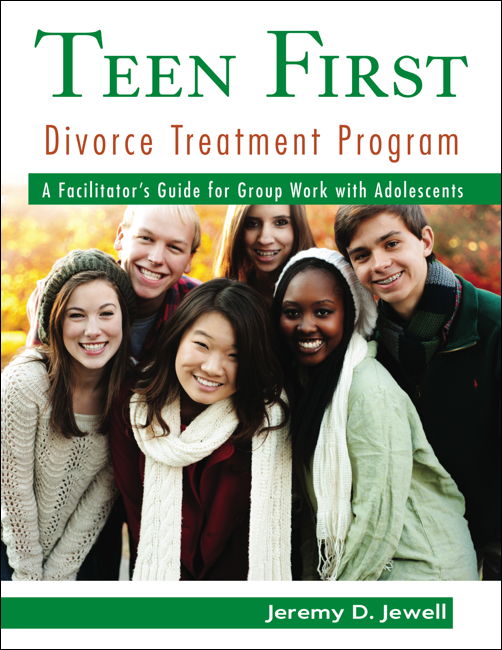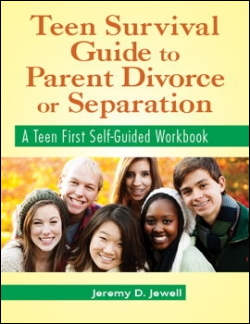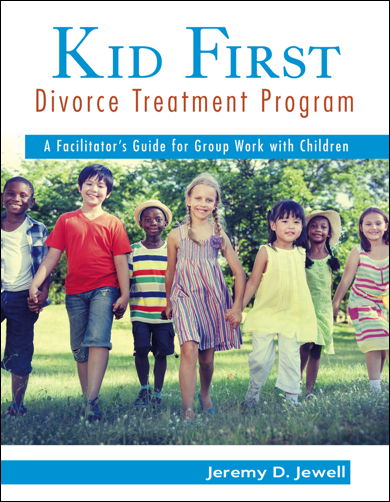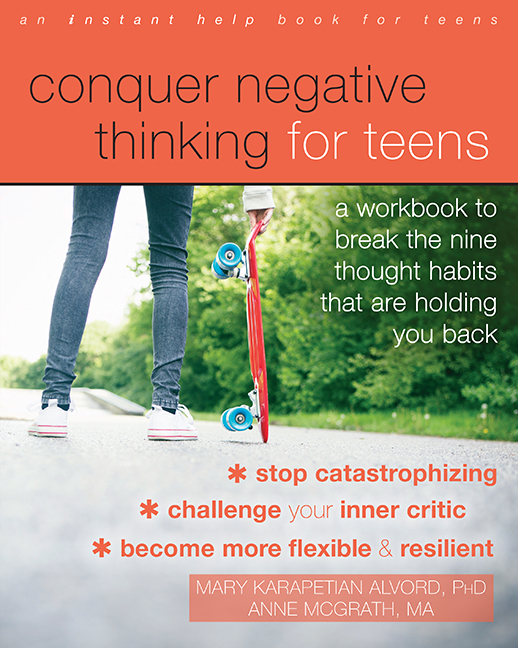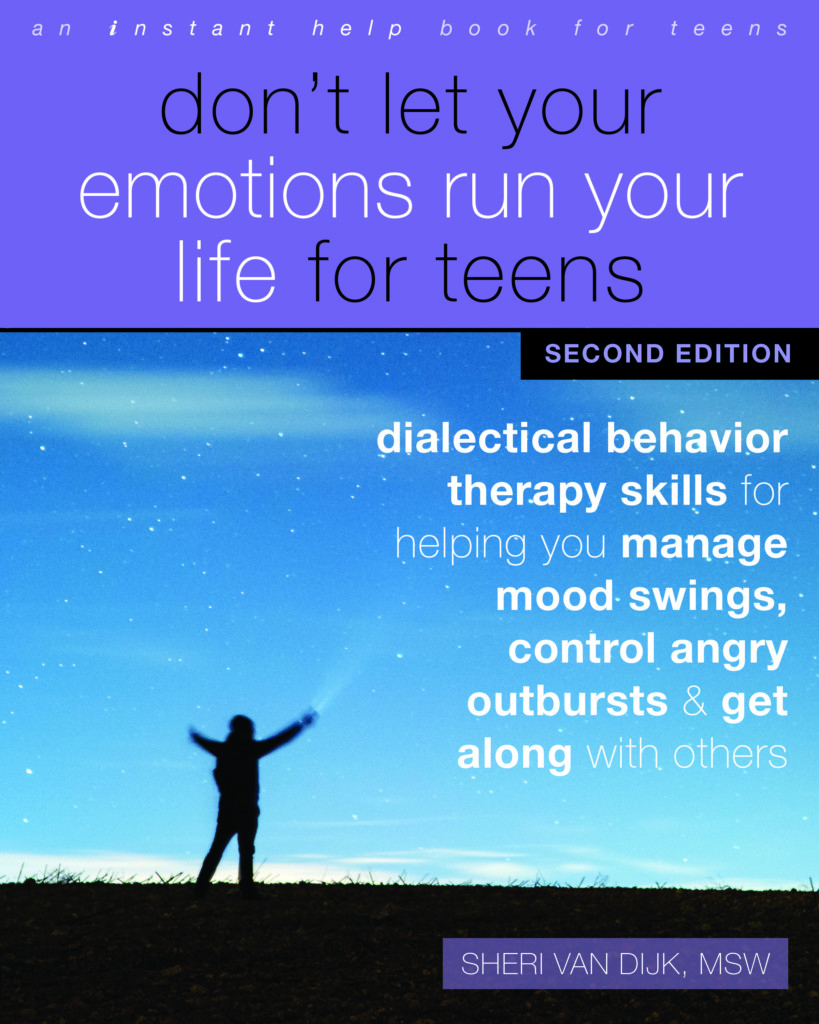This facilitator’s guide details procedures for conducting engaging and age-appropriate group sessions to help adolescents adapt quickly to the changes brought about by parental divorce or separation. The guide has everything a therapist or counselor needs to facilitate the program, including a full script and abbreviated outline for each session, numerous handouts for group members and parents, a sample consent form, a program graduation certificate, and much more.
Sessions give teens the opportunity to clarify misperceptions about divorce and separation, engage in meaningful activities, and discuss topics that they may not have been allowed to explore previously. Because some of these topics may be difficult, each group session includes practice of relaxation skills, homework focused on seeking social support, and opportunities for adaptive cognitive coping.
Book Review
“These guides do a great job of normalizing the reality of different types of families while also providing behavioral and cognitive strategies for helping children deal with their strong emotions.”
—Dr. Stephen Hupp,
Professor of Clinical Child and School Psychology,
Southern Illinois University Edwardsville
“Rooted in Cognitive-Behavioral Therapy techniques, Jeremy D. Jewell provides a structure and framework for a highly needed group-work topic. I was excited to read from these three works that focus on facilitator guides for adolescents and children as well as a self-guided workbook for just adolescents. Jewell prefaces the books by sharing the process he used to validate the manuals. Rooted first in the literature about divorce and separation, the manuscripts were then reviewed by community practitioners and school-based staff….Overall Jewell brings important content to the professional helpers’ world for those of us who are struggling to help children and adolescents manage through divorce and separation. These books are certainly a valuable resource of the real strategies shared that can ease the struggle of the young people we see every day.”
—Jennifer A. Clements, Social Work With Groups
Reproducible forms for this title are available on our downloads page.
Dr. Jeremy D. Jewell discusses his Kid First and Teen First divorce treatment program books written for counseling professionals.
What is the advantage of Kid First/Teen First over other existing treatment manuals?
Kid First and Teen First are the only comprehensive facilitator’s manuals of their kind to be published in the last 15-plus years. In fact, some of the manuals currently being used are actually over 30 years old, and their materials are quite dated. When you think of all the advancements and research in field in the last 15 years, our manuals are the only ones that consider these new developments. Another big advantage is that Kid First and Teen First is not a one-size-fits-all program for general childhood trauma. There are a lot of aspects of divorce that make it very different for a kid to experience compared to death of a parent, parent deployment, etc. Unlike some other manuals out there, ours focus exclusively on what kids of divorcing parents are going through. And I think our programs are more effective because of that. Another big advantage is that our manuals are comprehensive and have everything a facilitator would need to run a group of kids or teens. These include sample consent forms, parent handouts for every session, all the materials you’ll need to run every session, and much more. Facilitators even get two additional sessions that allow them to review relaxation skills with participants or help them deal with their parents’ new partners.
What’s the evidence that these programs work?
I’ve been training mental health professionals in the schools and community for 14 years. I’m aware of the evidence-based standards and practices for counseling kids, and I’ve integrated these techniques into every session of our programs. As a dually licensed clinical psychologist and school psychologist, I’ve also personally counseled hundreds of kids of almost every age. That means I have a great deal of experience understanding how to pace a session with kids, what specific techniques are most effective for various problems, and how to keep kids of all ages engaged. We’re currently collecting data from several schools and community clinics to understand the effectiveness of these programs, and we expect to publish our findings in 2016. Anecdotally, the kids that are participating enjoy the program and show improvements in adaptive skills. Their parents also report that the program has really helped their children understand and cope with the divorce. Finally, when we went back and looked at the parent education curriculum we revised in 2011, our research found that the new curriculum was twice as effective as the previous curriculum. Given that our Kid First and Teen First manuals teach highly similar skills, we believe that we’ll find similar results.
What did you do to ensure that these manuals are easy to use?
When I set out to create the Kid First and Teen First programs, I wanted to make sure that any counselor or psychologist could pick them up and quickly use them with very little prep time. I actually sat down with a focus group of several school counselors during both the beginning and final stages of development to get their feedback on what type of program people are looking for, and they really helped make several good changes. For example, I originally considered making it 10 to 12 sessions, but they persuaded me to shorten the program to 8 core sessions so that the program was more feasible. When finalizing the program I looked at every detail, imagining how the program would work in the real-world setting. For example, the programs are spiral bound so that they can lay flat when you are running the sessions. Also, there are easy-to-read symbols that quickly tell you what to do along the way, and when I refer to handouts there are smaller versions of that handout embedded in the text so you can be sure you’re using the right one. I think facilitators will find that these are some of the easiest to use manuals on the market.
What’s the process you went through when writing these facilitator’s manuals?
Well, the groundwork for these manuals actually began several years ago, when I collaborated with the Children First Foundation to revise their parent education curriculum for divorcing parents. That curriculum now reaches over 40,000 parents annually and led to the idea that we needed a treatment manual that taught kids the same important messages that we were teaching their parents. For example, in the parent curriculum we teach them how to avoid badmouthing the other parent. Along the same lines, we teach kids what to do when one parent badmouths the other parent in front of them. Now before I wrote a single word of Kid First or Teen First, my team and I spent several months just combing through the research literature. We did so with a single question in mind, which was “What information do kids need to know that will lead to positive changes?” Because we used this as a guiding question, the facilitator’s manuals essentially include the most important information that research has shown will improve these kids’ functioning after a parent separation or divorce.
For additional information about author Jeremy D. Jewell, visit his author page.

